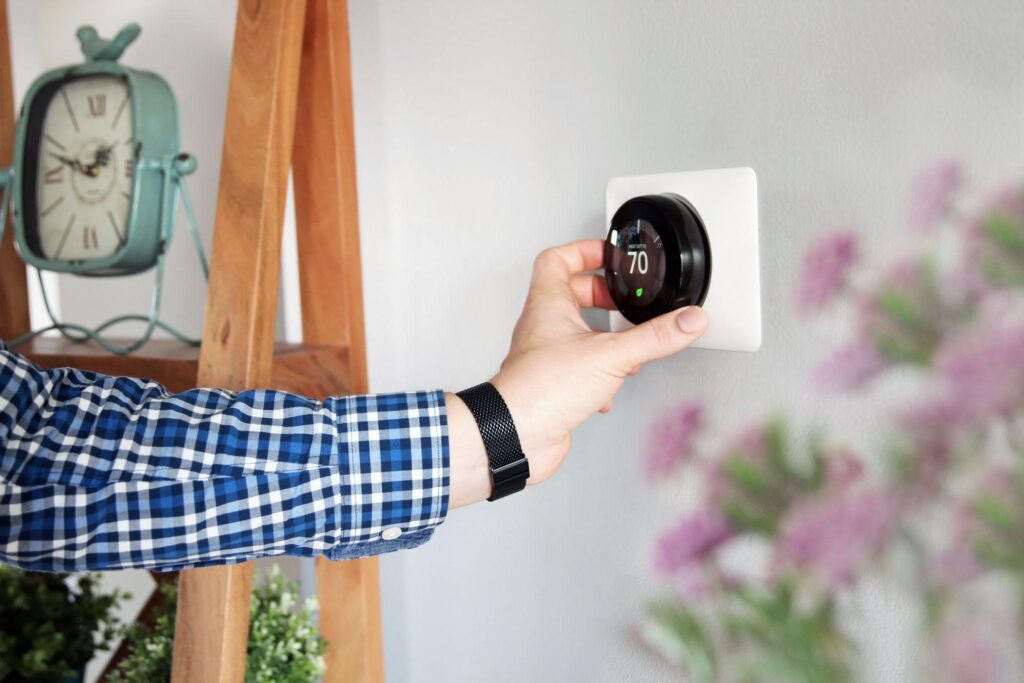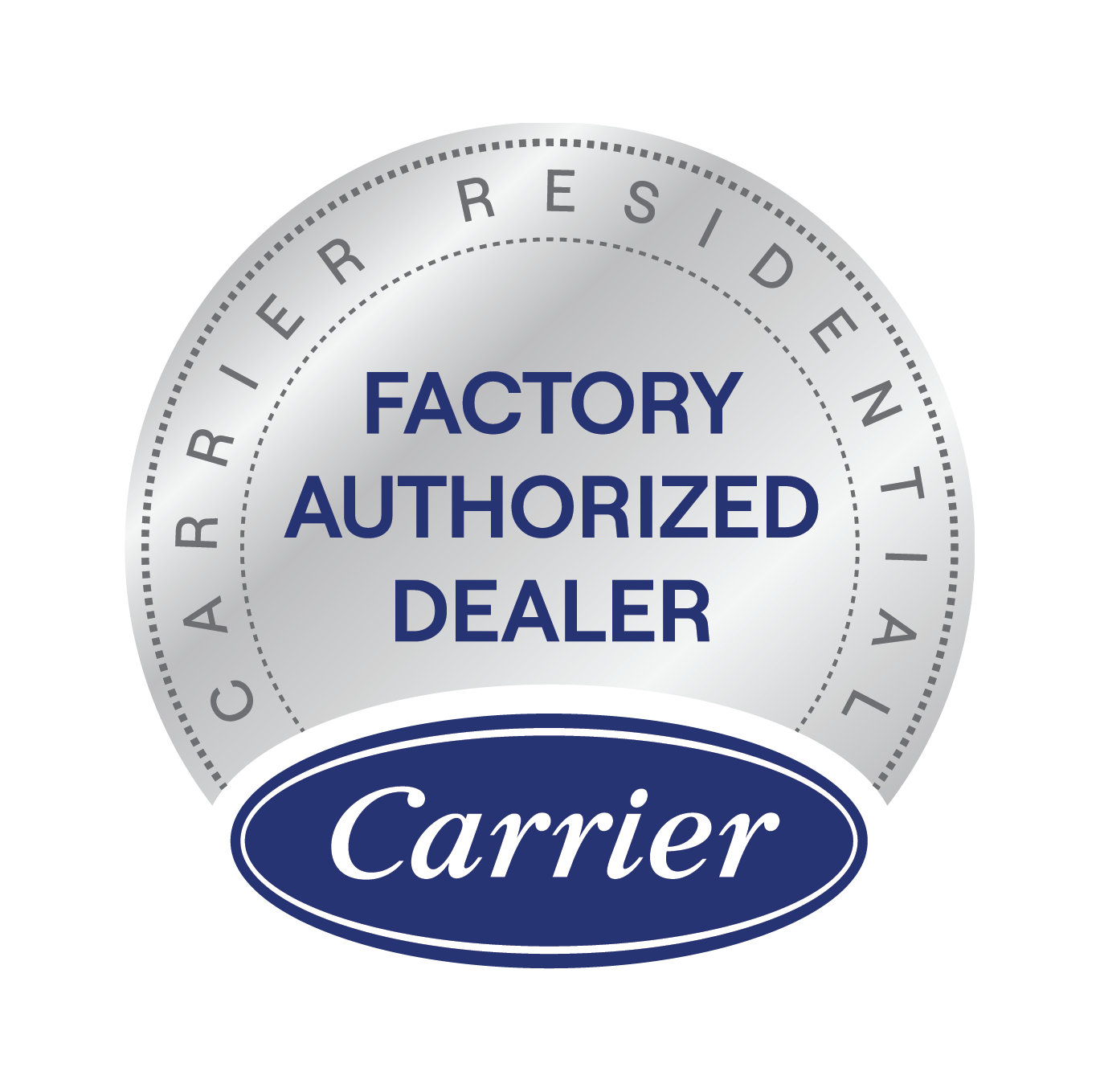What Temperature to Set Your AC in the Summer

It could be argued that air conditioning was the most important invention of the 20th century, particularly in the Southern half of the United States. AC spurred the entire region’s growth by making life tolerable for the six months from May through October.
AC works by sucking hot, humid air from inside and replacing it with cooler air. AC units cool air by directing it across chilled pipes and through a dehumidifier before carrying it inside. (It’s way more complicated than that, but now you have the gist.)
Running an air conditioning system requires a lot of energy to compress and evaporate coolant, move hot air out and cold air in, and pull humidity from the cooled air. During the warmer months—spring, summer, and fall in the Midlands—this dramatically increases energy bills and expands one’s carbon footprint. Consequently, it is wise to use as little AC as necessary.
At the same time, we want to be comfortable. It’s a balancing act: how can we set our air conditioning to be reasonably cool without breaking the bank and warming the planet further?
Fortunately, you have some control over both your bill and your impact on Earth. One way is by making sure your home is well insulated, and your HVAC system is working efficiently. This can be accomplished with an energy audit and routine maintenance on the system from Holley Heating and Air’s experienced team of professionals. Holley’s team recommends having your HVAC system serviced just before winter and just before summer to prepare it for the extremes of weather.
Another is to employ other methods of keeping temperatures down during the summer. Ceiling fans are a cost-effective way to cool rooms. Small personal fans can help, too. Running a single fan is much more efficient than cooling the entire house for one person in a small space, and pulling down the window shades so the sun isn’t baking your home while you’re trying to cool is also a cost-effective solution.
The next step is to set your AC at the optimal temperature for comfort and savings. The Department of Energy recommends setting the temperature at 78 degrees while the building is occupied and even higher while empty. Do not turn off the unit when you leave because cycling it back on when you return strains the system and uses even more energy.
Start with that temperature and experiment with it. You might find you’re still cool as a cucumber at 80 or perspiring like a lumberjack even at 76. Remember that lowering the thermostat uses more energy and drives up costs by an estimated 3%-5% per degree Fahrenheit. In other words, lowering the thermostat from 78 to 73 boosts a $200 utility bill to $230-$250.
This 78-degree setting is a guideline that works for most families, but not all. For individuals with health issues, like respiratory conditions or age-related issues, that setting may be too high.

It might be tempting to crank up the AC when you arrive home in the hopes of accelerating the cooling. This is counterproductive. Your home will not cool any faster; the AC will merely stay on longer, overcooling the space and costing you money. A better solution is a programmable thermostat that can be set to raise the temperature while you’re away and begin lowering it before you are scheduled to return. Programmable thermostats can be purchased for $50-$200 and can be relatively easy to install.
Whatever setting you ultimately choose, prioritize that balance between comfort and cost.
At Holley Heating & Air Conditioning your comfort is our #1 concern. Air conditioning system maintenance is the key to keeping your system up and running efficiently and cost effectively. You can trust our experienced team to keep your system running smoothly in all seasons. Call us to schedule an appointment today.




